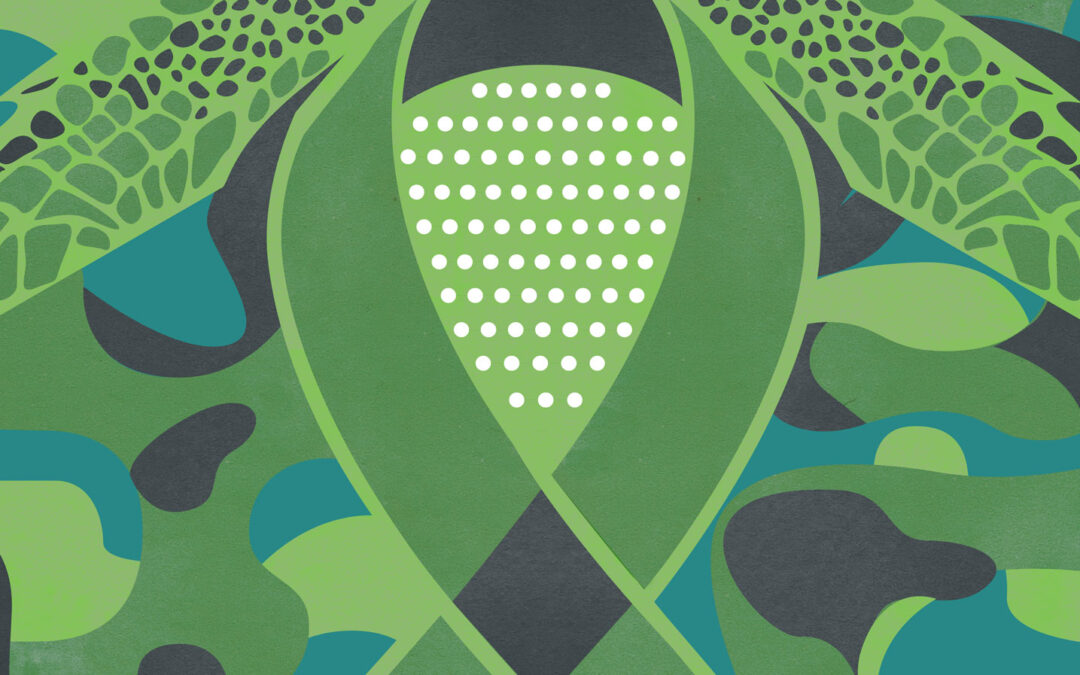Following the crash of 2008, I lost my home and my business and had to take care of two small boys, 2 and 6. It was a difficult time, so when I got the chance to hang out with new people (grown ups), I joined them at a local bar. I did not realize the stress that had taken a toll until I let myself go too far with wine that night. Long story short, I ended up with a DUI and court-ordered community service.
Since I was at a pivotal, introspective moment in my life, I chose to volunteer in nature because it has always been a place of healing and peace for me. I worked at Gumbo Limbo in Boca Raton, Florida, with all the high school students getting their community service hours. 🙂 It was summer. It was hot. But it was a blessing. I learned about the different threatened sea turtles and other native and non-native Florida ocean life. The experience realigned me with my passion, and I began to create art again.
Like most parents, my life became consumed with my children and the career that supported us. Now, at another pivotal moment in my life and searching for work, I found this favorite while looking through my portfolio. I love photography, but but sometimes illustration has the most impact when telling a more complex story. For me, it’s not only a reminder of nature’s struggle, but the struggle and importance of balancing time with our passions and our family.
Enjoy these fun facts I learned about a sea turtle’s journey:
1. Sea turtles are loners.
Fish evolved to swim in schools to better protect themselves from predators. Wildlife often travel in herds. Humans develop communities. Sea turtles are loners from the day they are born, fighting for space to hide on the reef as a hatchling and are independent their entire life. The group of sea turtles you see in the Finding Nemo movie are gathered together in the Gulf Stream, a highway for sea turtles to get around faster. Sadly, they do not travel with their hatchlings as depicted in the film.
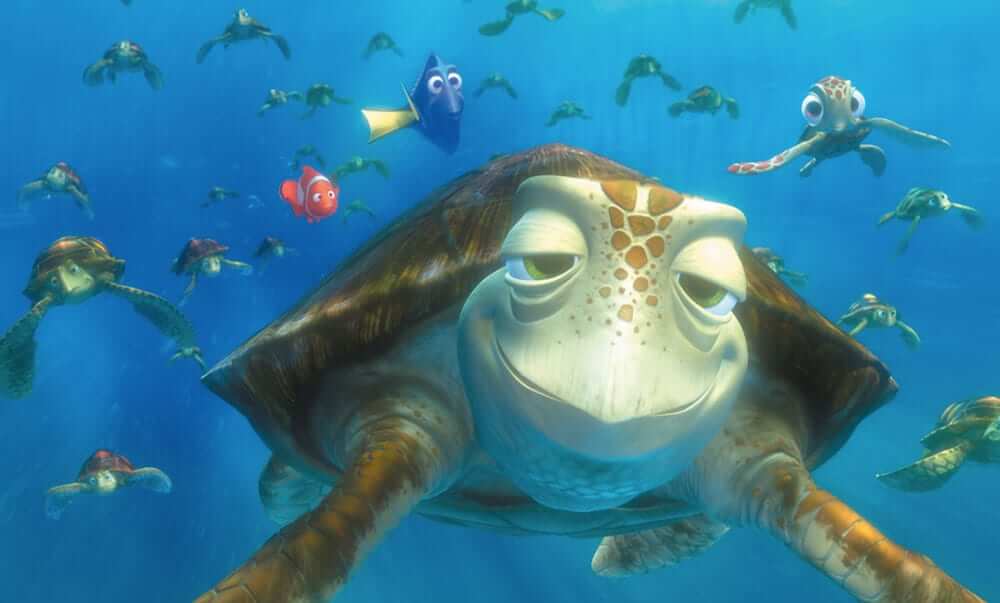
2. Sea turtles eat jellyfish.
Less sea turtles means more jellyfish in the ocean. Think about that when your trip to the beach is ruined by a jellyfish sting or the beach is littered with them making it impossible to swim or hard to walk. Plastic pollution is a killer when sea turtles consume plastic bags and balloons that look like yummy jellyfish. Just take reusable bags to the grocery store and forgo decorations outdoors. Small things done by many people can make a great impact.
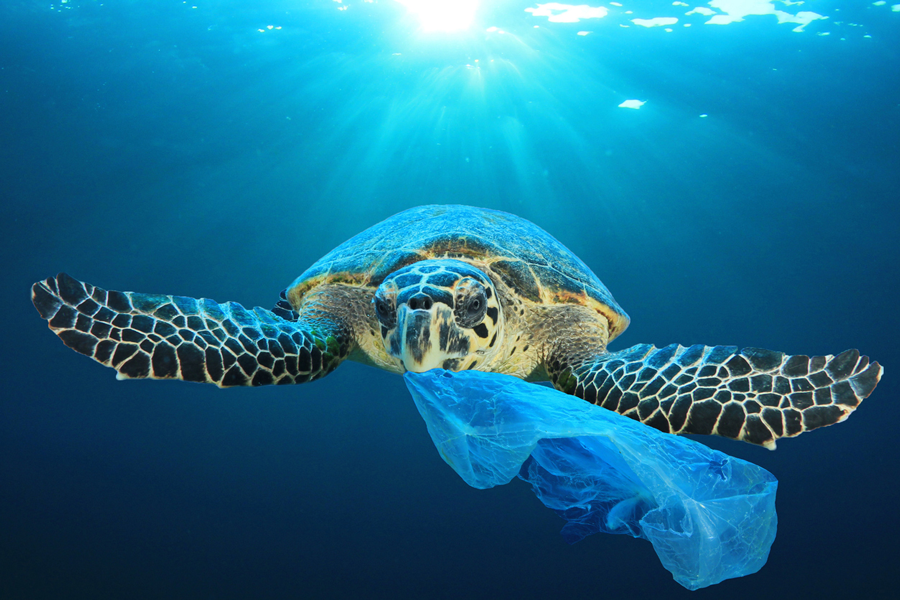
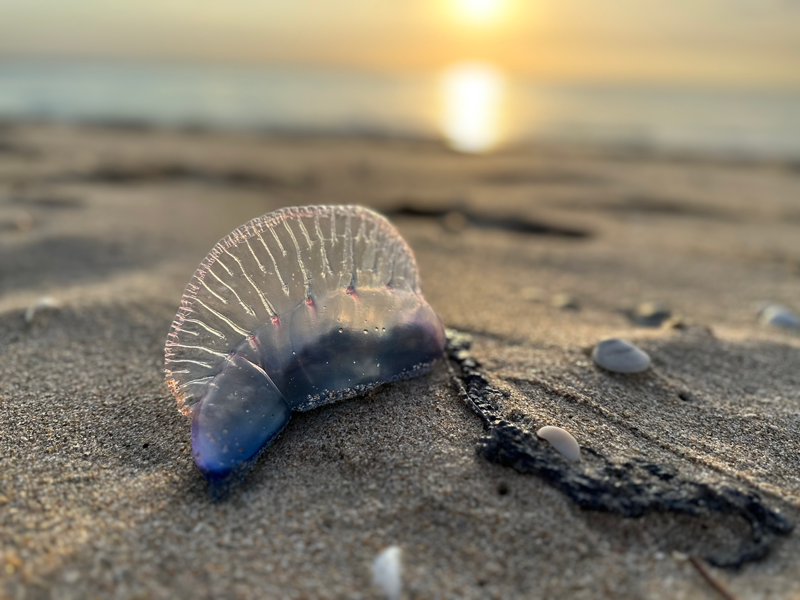
3. Sea turtles are faster than you think.
When most people think of a turtle, they think slooooow. Their two front flippers are like water wings that act as propellers. Their rear flippers function as rudders for steering. When escaping predators, sea turtles can have burst of up to 22 miles per hour. I was once gifted a sea turtle coffee cup that said, “Slow down and enjoy life” when it should’ve said, “Get your day moving” or “Just keep swimming.”
4. The beach is their nesting ground.
Hatchlings that emerge use the moonlight to set their internal compass that guides them to the ocean. City lights at night provide a stronger source of light in the night sky causing many hatchlings to wander into traffic rather than the ocean. Overdevelopment and human interaction on beaches threaten hatchlings environment and therefore their survival. Developers do little or nothing to monitor their impact.
5. The sex of a hatchling is determined by the temperature of the sand.
Eggs incubated above 31° Celsius (88.8° Fahrenheit) will yield females. This will become more of a factor for their survival as the planet warms.
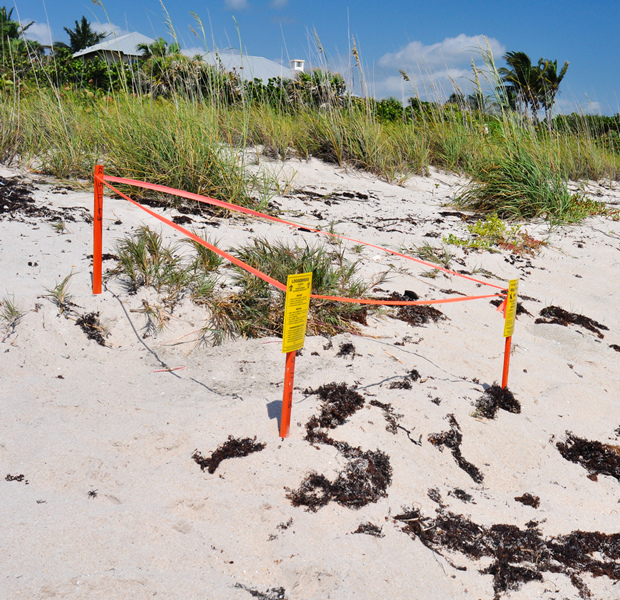
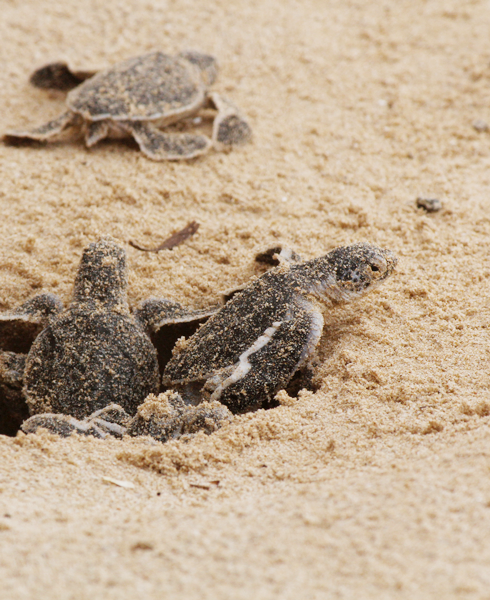
6. We are their biggest threat.
Incidental catch of sea turtles by industrial fishing operations is the primary cause of their decline worldwide. Attempts are being made to improve netting and systems. Turtles also get caught in long-lasting plastic fishing line that is cluttering the ocean.
Humans rely on the ocean for survival, making the protection of ocean life crucial. As the primary threat to sea turtles, it is our responsibility to develop products and solutions that mitigate these dangers. There’s an overlooked war that effects Florida’s economy and the real estate and tourism industries. Sea turtles are just one group of threatened ocean soldiers that can keep the marine ecosystem in balance and sustain the beaches we call paradise. What legacy are we leaving? What will your grandchildren say if we lose this war?

